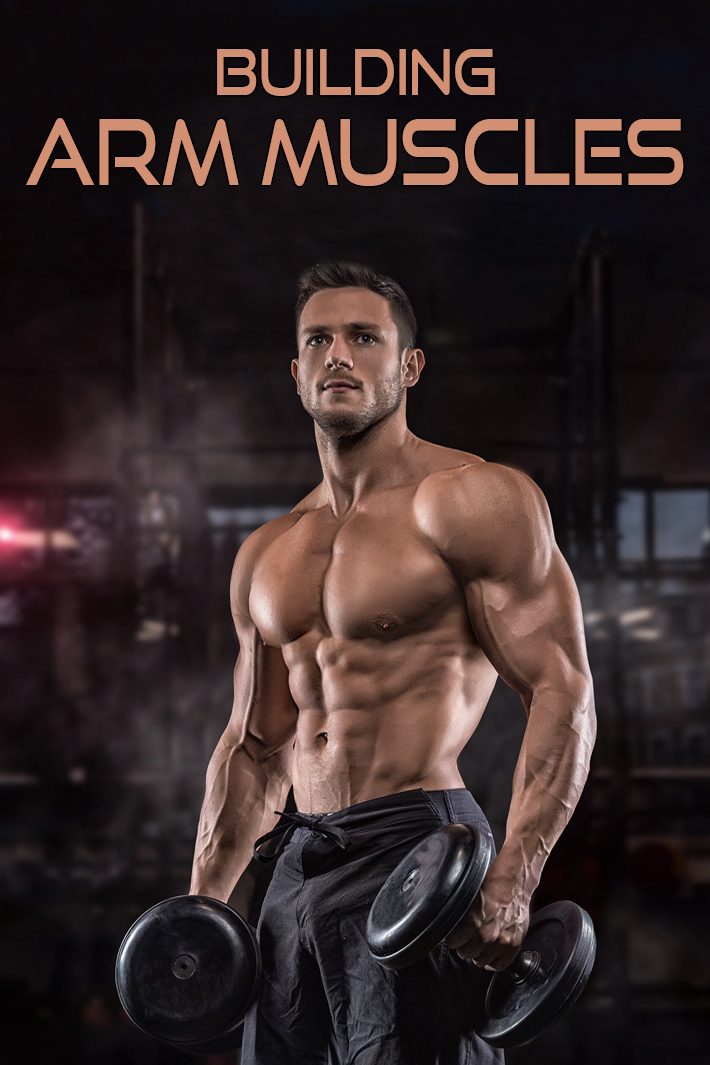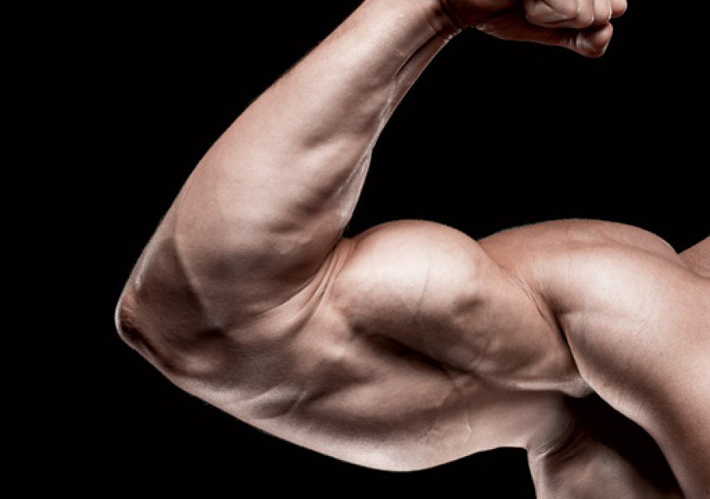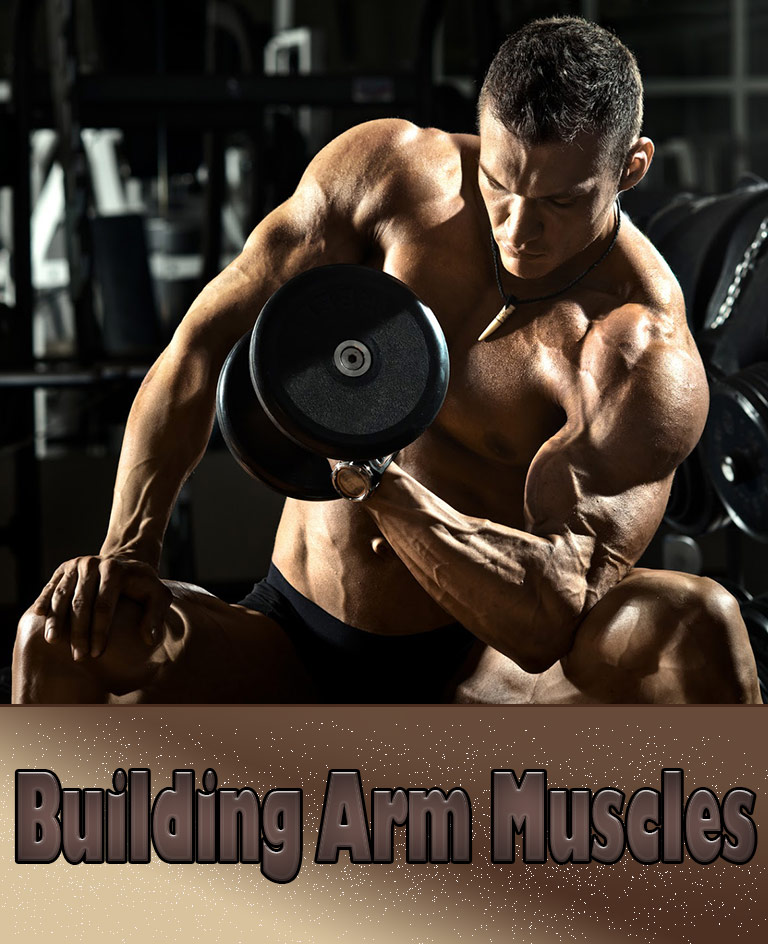
The most famous technique for building arm muscles is the curl, which increases the size of the biceps. Some trainers, however, make fun of this exercise as “curls for the girls” because men often neglect other muscle groups in their rush to build biceps suitable for display in tight T-shirts.
But building strength and muscle mass in the arms isn’t just for show. It’s very important for activities of everyday life, such as carrying groceries, lifting grandchildren, and even driving.
Keeping upper body strength as you age
“Maintaining muscle mass and muscle strength is very important in the upper extremities,” says Chhanda Dutta, a scientist with the National Institute on Aging who studies the effect of exercise on older people. “We use our upper extremities for so many activities of daily living.”
Resistance training, according to Dutta, is the best way to combat sarcopenia — the gradual loss of muscle mass that comes with aging.
“You begin losing skeletal muscle in your 30s,” Dutta says. “By the time you’re about 50, you have approximately a 10 percent loss of muscle mass. After that it speeds up about two percent per year. By 80, you could have 40 percent loss of muscle mass. Anything you can do in terms of weight training and resistance training is going to help preserve muscle mass and muscle strength.”

Exercises to build arm muscles
- Curls can be done with dumbbells, a barbell, or a machine. Choose a weight you can lift 8 to 12 times in a row. If you use dumbbells or a barbell, make sure you keep your elbows at your side and don’t move them as you lift the weights. If you find you have to move your elbows, reduce the weight until you can do the movement correctly. Most machines have you rest your elbows on a pad that keeps your arms in the proper position as you lift the bar.
- The close-gripbench press doubles as a biceps exercise and a triceps exercise. Lie back on a bench and grasp the barbell on the stand above your head, but keep your hands about 18 inches apart — closer than you would for a classic bench press. Keep your wrists straight and your elbows close to your body. Lift the weight off the rack and lower it to within a couple of inches of your chest. Then lift it again. For these (and all weight training exercises), exhale when you lift and inhale when you lower the weight. Use low enough weight so you can repeat this 8 to 12 times.
- Arm wrestlers often exercise with hand grippers. This device strengthens the hands as well as the forearms. Even for men who have no intention of challenging anyone to an arm wrestling match, hand grippers help build strength for common daily activities such as opening jars and carrying grocery bags.
- Ordinary pushups work the same arm muscles as the bench press, says Gary R. Hunter, PhD, director of the physiology lab at the University of Alabama. “The beginner will probably get the same benefit with pushups as with bench presses,” he says. “However, as you get stronger, pushups won’t offer enough challenge.”
How much weight should you lift?
According to Hunter, the rule of thumb is about 60% of the maximum amount you can lift once.
“If you can lift 100 pounds one time, then if you want to sustain strength improvement, you need 60 pounds of resistance,” Hunter says. “As you get stronger, you add a little weight.”
That’s the biggest advantage to weight training — you can increase the weight gradually and keep challenging your muscles. That way you can build strength and muscle mass without the danger of injury.





Leave a Reply